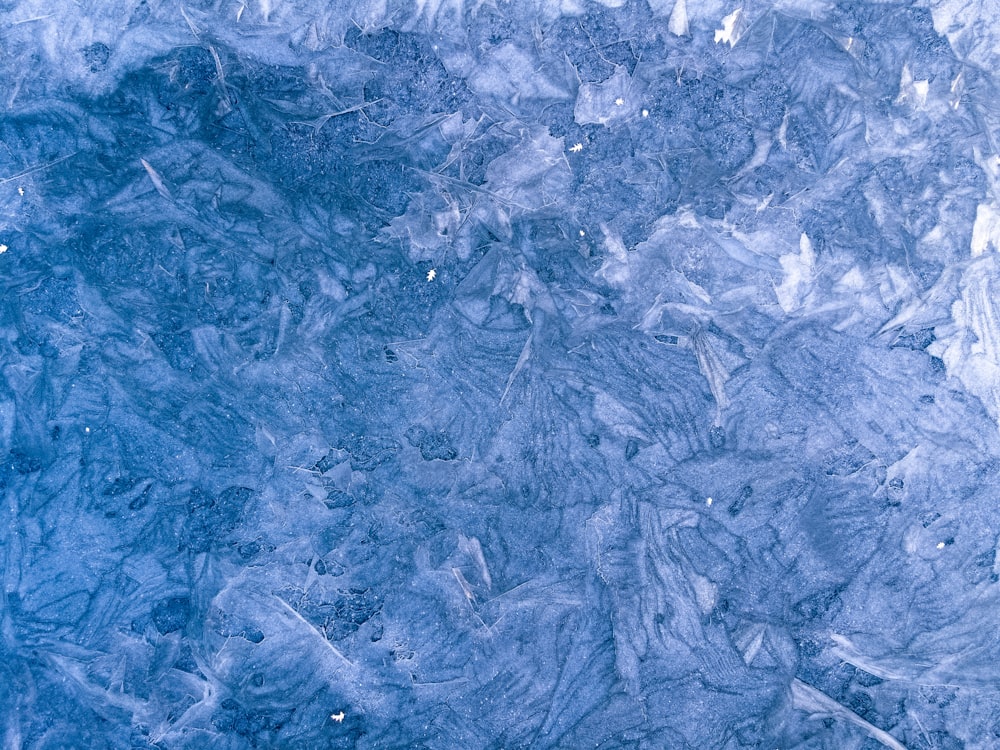目次
効果的なアイシングの方法は?
理学療法士・作業療法士がさまざまな目的でアイシングを行うことって多いと思います.
アイシングの方法も様々ですがアイシングって長時間持続的に行った方が良いと考える人もいれば,10分行って10分休んでまた10分行うといったように間欠的なアイシングが効果的だと考える人も多いです.
今回は効果的なアイシングの方法を考えるうえで参考になる論文をご紹介させていただきます.

今回ご紹介する論文
Randomized Controlled Trial Br J Sports Med. 2006 Aug;40(8):700-5; discussion 705. doi: 10.1136/bjsm.2006.025932. Epub 2006 Apr 12.
Cryotherapy for acute ankle sprains: a randomised controlled study of two different icing protocols
C M Bleakley 1, S M McDonough, D C MacAuley, J Bjordal
Affiliations expand
PMID: 16611722 PMCID: PMC2579462 DOI: 10.1136/bjsm.2006.025932
今回ご紹介する論文は2006年に掲載された論文です.
研究の背景
Background: The use of cryotherapy in the management of acute soft tissue injury is largely based on anecdotal evidence. Preliminary evidence suggests that intermittent cryotherapy applications are most effective at reducing tissue temperature to optimal therapeutic levels. However, its efficacy in treating injured human subjects is not yet known.
急性の軟部組織損傷の管理における寒冷療法の使用は、主に逸話的証拠に基づいております.
組織温度を最適な治療レベルまで下げるには,断続的に寒冷療法を行うのが最も効果的であることを予備的な証拠が示されております.
しかしながら負傷したヒト被験者の治療におけるその有効性はまだ知られておりません.
研究の目的
Objective: To compare the efficacy of an intermittent cryotherapy treatment protocol with a standard cryotherapy treatment protocol in the management of acute ankle sprains.
この研究では急性足関節捻挫の管理における間欠的寒冷療法治療プロトコルと標準的寒冷療法治療プロトコルの有効性を比較することを目的としております.
研究対象
Subjects: Sportsmen (n = 44) and members of the general public (n = 45) with mild/moderate acute ankle sprains.
対象は軽度・中等度の急性足関節捻挫のスポーツ選手(n = 44)および一般市民(n = 45)となっております.
研究の方法
Methods: Subjects were randomly allocated, under strictly controlled double blind conditions, to one of two treatment groups: standard ice application (n = 46) or intermittent ice application (n = 43). The mode of cryotherapy was standardised across groups and consisted of melting iced water (0 degrees C) in a standardised pack. Function, pain, and swelling were recorded at baseline and one, two, three, four, and six weeks after injury.
対象者は厳密に管理された二重盲検条件下で,標準的な氷の適用(n = 46)または断続的な氷の適用(n = 43)の2つの治療群のいずれかに無作為に割り付けられております.
寒冷療法の方法はグループ間で標準化され,標準化されたパックに氷水(0℃)を溶かすものでありました.
機能,疼痛,腫脹はベースラインと受傷後1・2・3・4・6週目に評価が行われております.
研究の結果
Results: Subjects treated with the intermittent protocol had significantly (p<0.05) less ankle pain on activity than those using a standard 20 minute protocol; however, one week after ankle injury, there were no significant differences between groups in terms of function, swelling, or pain at rest.
間欠的プロトコルで治療した対象者は標準的な20分プロトコルを使用した被験者と比較して,活動時の足関節痛が有意(p<0.05)に減少しました.
しかしながら足関節捻挫受傷1週間後の機能・腫脹・安静時の痛みに関して群間で有意差はありませんでした.
研究の結論
Conclusion: Intermittent applications may enhance the therapeutic effect of ice in pain relief after acute soft tissue injury.
急性軟部組織損傷後の疼痛緩和において,間欠的な寒冷療法の適用が寒冷療法の治療効果を高める可能性があります.
今回は効果的なアイシングの方法を考えるうえで参考になる論文をご紹介させていただきます.
持続的にアイシングを行うよりも10分アイシング・10分休憩・10分アイシングの方が急性期の疼痛減少が大きいといった結果ですね.
臨床にもすぐに応用できる有益な結果ですね.






